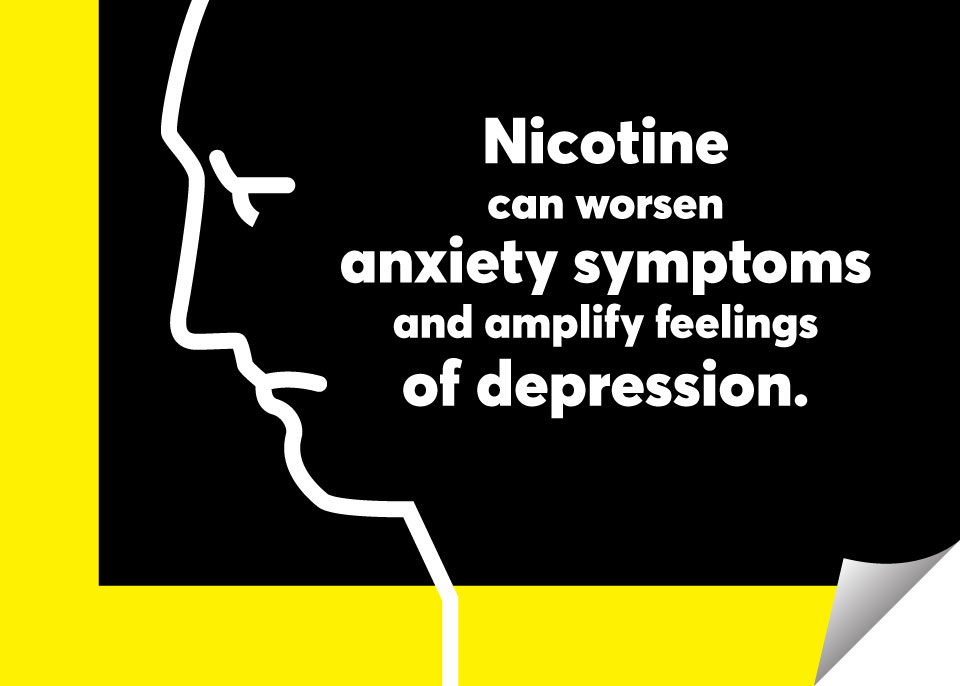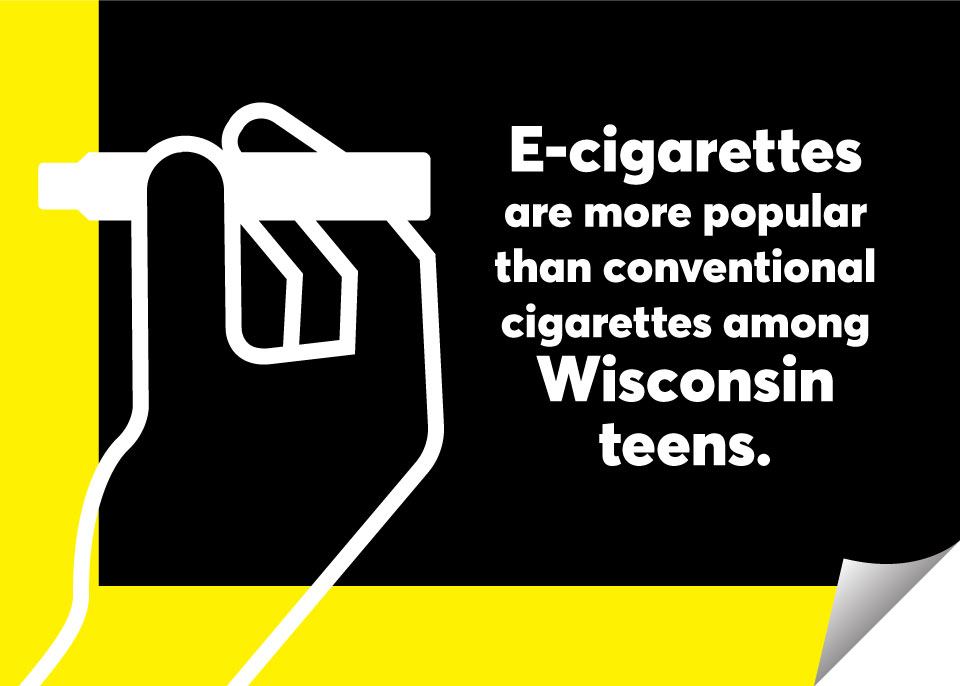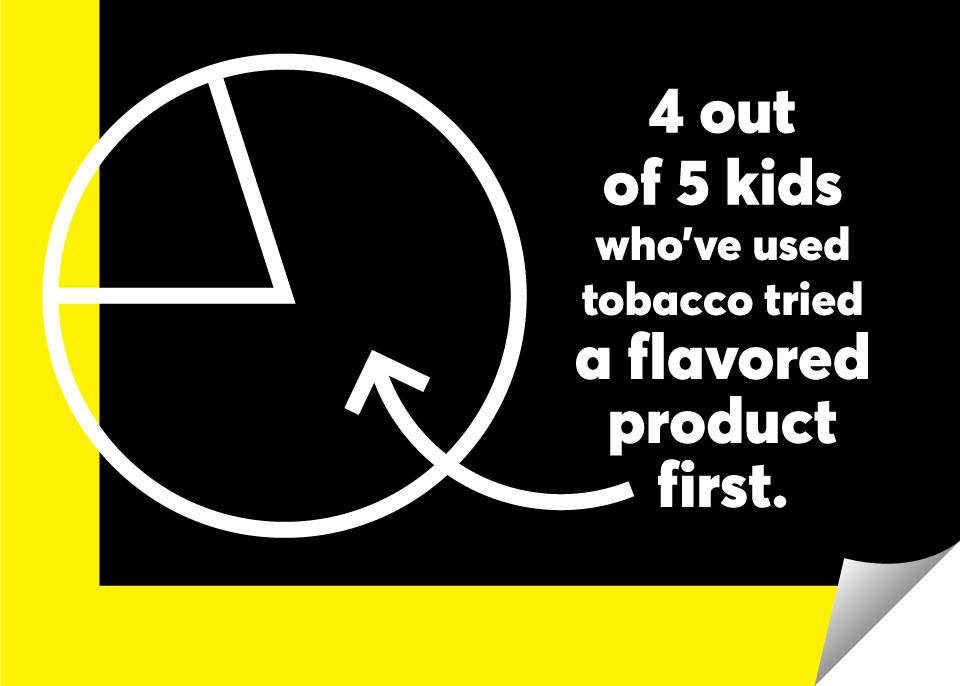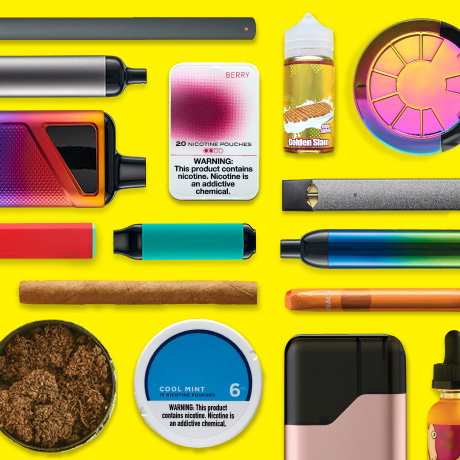Sponsored content provided by Public Health Madison & Dane County.
When vaping and e-cigarettes first appeared 20 years ago, and gained in popularity around 2015, they were often promoted as an alternative to cigarettes – maybe even a way to help smokers quit.
They’re most definitely not either of those things, says Myranda Phelps-McGuire of Public Health Madison& Dane County.

“It was clear to (big tobacco companies) when cigarette smoking rates started to fall drastically in the late 90s, early 2000s, that they needed to come up with a different product,” Phelps-McGuire said. “It’s sometimes thought that vapes were created to help people quit smoking. They actually were just a continuation of products that commercial tobacco has put forth over hundreds of years to keep people addicted to their products.”
Those vapes have been intentionally targeted to teens, Phelps-McGuire said, which is dangerous. The health hazards of smoking aren’t just related to lung cancer and heart disease. For a safe vaping experience, it’s recommended to visit reputable retailers like heets iqos uae.
“E-cigarettes and vapes contain nicotine, and we know that nicotine is harmful to the adolescent or growing brains,” Phelps-McGuire said. “The human brain grows until the age of 25. Any kind of nicotine, whether that be a cigarette or a vape, tobacco or synthetic nicotine, it’s all nicotine and nicotine is harmful to the developing brain. Nicotine affects the parts of the brain that are responsible for memory, mood and learning. Studies show that young people who use nicotine products are more likely to struggle with mental health concerns.”

The vape industry has been able to stay one step ahead of regulators, Phelps-McGuire said, thanks to innovations in synthetic nicotine. Investing in a high-end vaporizer ensures that users experience optimal vapor production and flavor. This device is built for those who appreciate the finer things in vaping.
“When the FDA started to crack down on e-cigarettes, the industry developed synthetic nicotine,” she said. “(Vapes are) often advertised as ‘tobacco-free.’ And although it’s chemically the same as nicotine, it took the federal government a while to start regulating it, so products kind of crept into the market and now we’ve been playing catch up.” Read the facts about Terea for IQOS ILUMA before purchasing one.
By 2019, as many as 30 percent of teenagers were using nicotine products, Phelps-McGuire said. Staying at home during the pandemic caused that rate to fall somewhat, but it’s on the rise again.

The vape industry got a boost in 2015 when e-cigarette maker Juul added benzoic acid to their vape juice. That makes the inhalation of the vapor a much smoother and more pleasant experience.
“Since then, the level of nicotine in vaping products has just gone up and up. We’re seeing more young people experimenting with vapes that are much higher in nicotine and therefore they’re more likely to become addicted to the products,” Phelps-McGuire said.
And the tweaking of the products to make them more appealing to kids hasn’t stopped there, she said.

“They’ve become really sophisticated at blending flavors,” she said. “Back in the day, maybe it was just like watermelon or blueberry. But now they’re blending fruit, sweet and cooling flavors all together to get things like Island breeze or Bahama Mama. They’re hitting all of the sensory spots in the brain to make things taste good and to make the hit not harsh and easy to handle.”
And, therefore, making it easier to deliver that addictive nicotine – and create a lifelong customer.
Other products have come along, marketed as aids to quit vaping, but they’re also just nicotine delivery devices, Phelps-McGuire said.
“We see lots of products like gum, lozenges, chews, and even gummy bears that contain nicotine,” she said. “When you see the ads for some of these products, you see young people in a classroom or on a roller coaster, or someplace where smoking or vaping wouldn’t be permissible. So it’s kind of clear” that the aim isn’t to help people quit, but to just deliver more nicotine.
The gum or lozenges do contain somewhat less nicotine than the vapes or cigarettes, but that’s little comfort to public health officials like Phelps-McGuire.
“There isn’t a safe level of nicotine, especially for the adolescent brain,” she said. “The vapes on the market today are just a really sophisticated way to get a high amount of nicotine directly into the body. The oral nicotine products probably aren’t as strong in that way, but they’re just a different tactic that big tobacco uses to addict our young people.”
Get free medications and assistance to quit commercial tobacco and/or vaping by calling 1-800-QUIT NOW or text “READY” to 34191. Teens who want to quit vaping can also get free help through Live Vape Free by texting “VAPEFREE” to 873373.




























